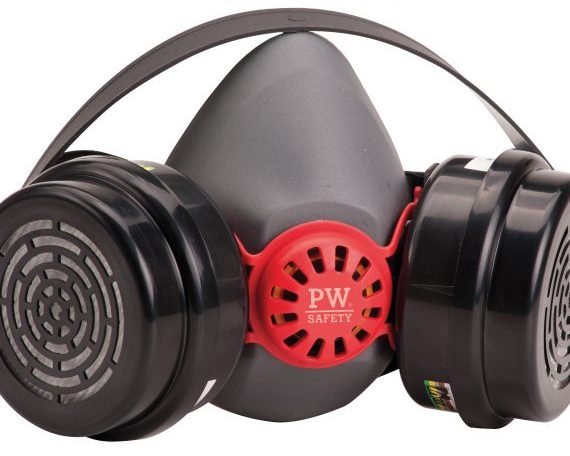
04 Jan How Workplace Exposure Limits Affect RPE
Many UK workers face daily exposure to potentially dangerous substances, which can cause harm through contact, inhalation or consumption. In order to protect them from serious health conditions, we need to be able to control their exposure through firstly implementing suitable control measures and then through the use of personal protective equipment.
What are Workplace Exposure Limits?
Workplace exposure limits (WELs) aim to control working conditions by providing a legal maximum level for harmful substances.
Some hazardous substances are regulated separately, such as asbestos and lead. However, the majority of substances are listed within HSE’s EH40/2005 Workplace Exposure Limits for use with COSHH regulations. For substances with the potential to cause asthma or cancer, HSE states that you should control exposure limits as much as is reasonably practicable.
How to Measure Workplace Exposure Limits
Sampling can be used to measure the amounts of the substance in the air. This can occur over a time period of either 15 minutes (short-term) or 8 hours (long-term). The results are normally shown with the metric mg.m-3 for particulates and ppm for gases and vapours. The two different types of workplace exposure limits will account for different situations.
For example, we use short-term sampling to protect against the immediate effects of harmful substances, occurring at times of peak exposure. This can include health conditions such as eye irritation. Long-term sampling, however, is used to control the likelihood of developing chronic health problems from prolonged exposure. The monitoring strategy that you choose should consider both types of conditions, and tackle these effectively.
The Effect of RPE on WELs
Looking at WELs can help you to determine which type of RPE is most suitable for your work environment, as different mask types will provide varying levels of protection.
According to HSE’s document regarding Respiratory Protective Equipment at Work, the RPE that you choose should be able to “adequately control inhalation exposure to provide the wearer with sufficient protection.”
The classifications of protection for different types of RPE will vary depending on which type you choose.
Dust Mask Protection Levels:
Dust masks are a disposable form of respiratory protective equipment, and there are three types available to suit different requirements.
For example, the lowest level of protection FFP1 will protect workers in conditions up to 4X the workplace exposure limit (WEL). This is suitable for lower levels of dust.
FFP2 will offer a moderate level of protection. FFP2 masks are designed for use at up to 10X WEL. However, to provide your workers with the best levels of protection, we would advise that you consider an FFP3 design, which can provide workers with protection at up to 20X WEL.
Reusable Particulate Filters:
Reusable particulate filters are also available in three levels of protection; P1, P2 and P3. These are the basic filters that can be worn with a reusable mask.
P1 will protect employees at up to 4X WEL, P2 will protect at concentrations of up to 10X WEL and P3 will either protect workers at 20X WEL (half mask) or 40X WEL (full mask).
Gas Filters:
Gas filters have a more complicated grading system to protect against different chemicals and exposure levels. These are designed for use with a variety of gases and vapours, as well as ammonia, mercury etc.
Moldex have created a table to show the levels of protection offered by different types of gas filters. For more information, however, we would strongly advise that you speak to an expert before making your final selection.
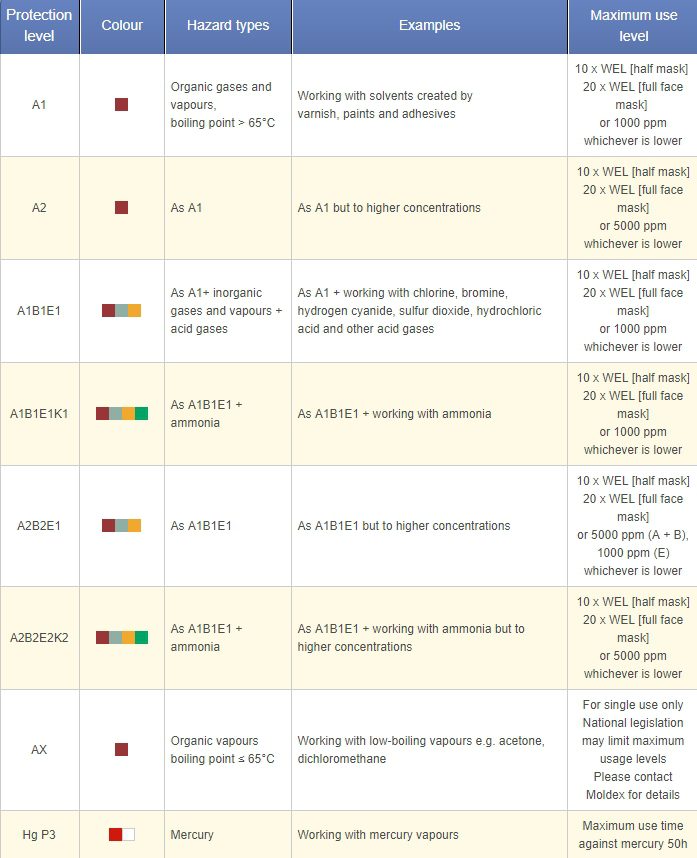
In order to provide workers with the best defence against harmful substances, there are other factors to consider apart from workplace exposure limits. For example, the RPE must provide an adequate seal to the face, it must be appropriate for the working conditions and it must be comfortable for the individual to wear. To learn more, read our informative blog post on selecting the correct RPE types.
Alternatively, contact us today for expert advice on RPE and controlling exposure.


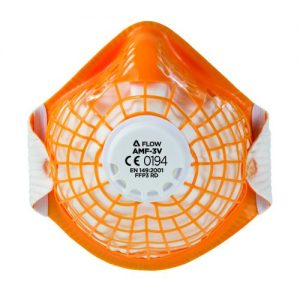
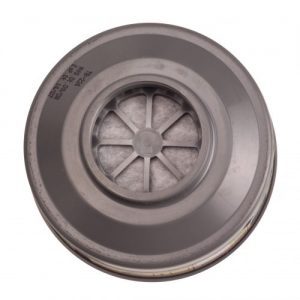
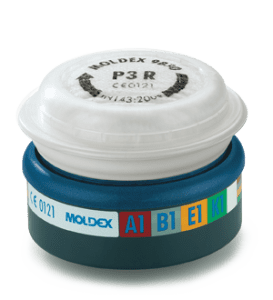

Ian Raper
Posted at 16:42h, 26 AprilWhat RPE should be worn when using Methylene Chloride at levels below the WEL.
Jo Wood
Posted at 13:04h, 01 MayHi Ian, many thanks for your query. If it is below the Work Exposure Limit (WEL) then generally you don’t need to wear a mask, however, you must read the material safety data sheet that comes with the product as this will advise you what RPE should be worn. If you do have any further queries please feel free to contact us directly at info@trainingandtestingservices.